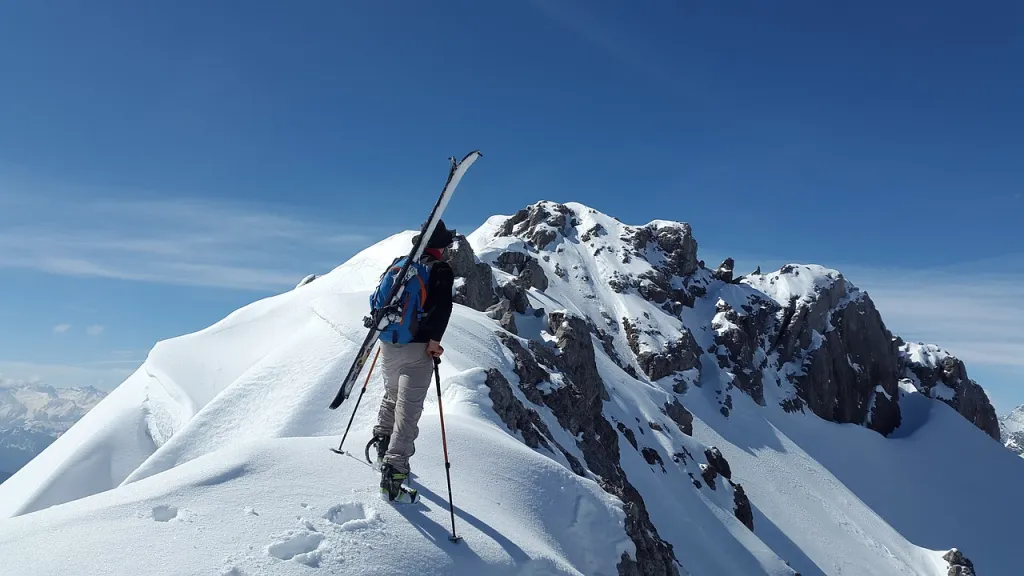Skiing has long been a beloved winter sport, attracting enthusiasts from around the globe. As the popularity of skiing continues to rise, so does the demand for high-quality ski gear. This article delves into the latest trends in the ski gear market, exploring how innovative materials, advanced designs, and technological features are shaping the future of winter sports.
Table of Contents:
Market Overview: The Growing Demand for Ski Gear
Innovative Materials and Textures in Ski Gear
Cutting-Edge Design and Customization Trends
Technological Features Elevating Ski Gear
Weather Resistance and Seasonality in Ski Gear
Market Overview: The Growing Demand for Ski Gear

The global ski gear and equipment market has been experiencing significant growth, driven by the increasing popularity of skiing as both a recreational activity and a competitive sport. According to a report by Research and Markets, the global ski gear and equipment market size reached USD 1.5 billion in 2023 and is projected to reach USD 2.0 billion by 2032, exhibiting a compound annual growth rate (CAGR) of 3.25% during the forecast period.
Several factors contribute to this growth. The rising adoption of skiing as a recreational activity is one of the key drivers. Skiing offers a unique combination of physical exercise, adventure, and the opportunity to enjoy breathtaking natural landscapes, making it an attractive option for people of all ages. Additionally, the growing number of ski resorts and the increasing popularity of ski tourism are further fueling the demand for ski gear.
The market is also benefiting from the widespread participation in various ski sports, such as freestyle skiing, cross-country skiing, downhill skiing, ski mountaineering, and ski jumping. These sports require specialized gear to enhance performance, ensure safety, and provide comfort, leading to increased demand for high-quality ski equipment.
Technological advancements are playing a crucial role in the evolution of ski gear. The introduction of smart ski helmets equipped with features such as global positioning systems (GPS), Bluetooth, and built-in headphones is revolutionizing the market. These helmets provide real-time information about speed, altitude, location, and weather conditions, enhancing the overall skiing experience and ensuring the safety of skiers.
Moreover, the use of innovative materials in the manufacturing of ski gear is significantly improving the performance and durability of the products. Lightweight and high-performance materials such as fiberglass, carbon fiber, polycarbonate, polyester, nylon, steel, and aluminum are commonly used in the production of skis, snowboards, boots, poles, helmets, goggles, apparel, backpacks, bindings, and tuning kits. These materials provide support, stability, balance, and high maneuverability on the snow, while also reducing lateral movement, increasing user safety, enhancing visibility, and protecting vital body parts from collisions and impacts.
The market is also witnessing a growing demand for eco-friendly and sustainable ski gear. Consumers are becoming increasingly conscious of the environmental impact of their purchases and are seeking products that are made from sustainable materials and manufactured using environmentally friendly processes. This trend is encouraging manufacturers to invest in research and development to create innovative and sustainable ski gear.
Innovative Materials and Textures in Ski Gear
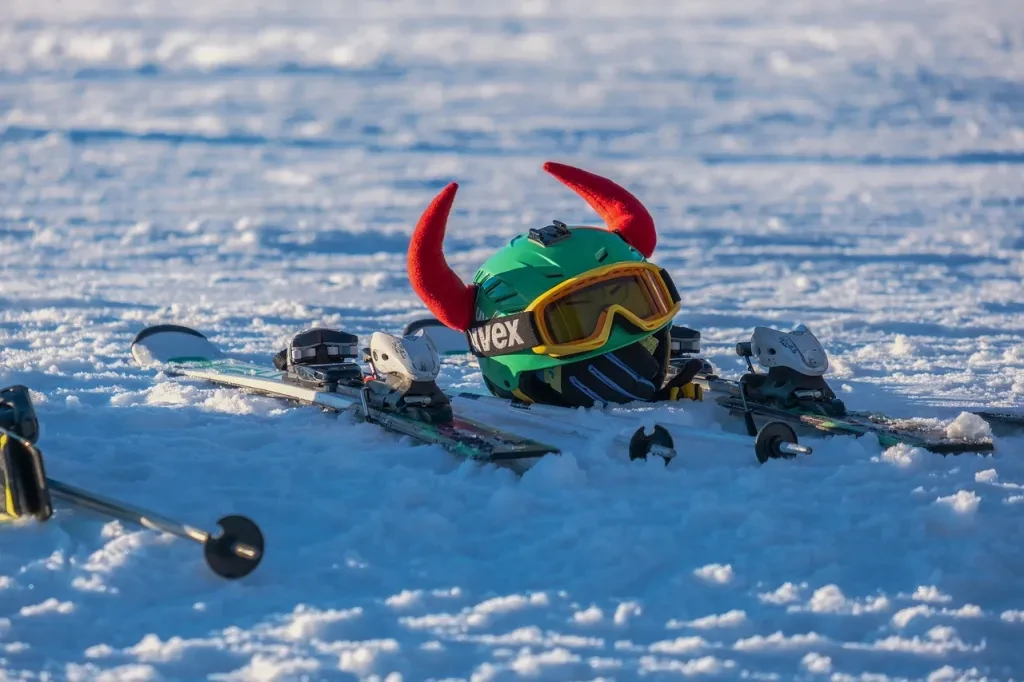
High-Performance Fabrics for Enhanced Comfort and Durability
The evolution of ski gear has seen a significant shift towards the use of high-performance fabrics that enhance both comfort and durability. Modern ski jackets and pants are now crafted from advanced materials that offer superior insulation, breathability, and moisture-wicking properties. For instance, the Rab Khroma Kinetic jacket, as reported by various sources, utilizes a 20-denier shell to keep weight low while maintaining durability. This lightweight design is particularly beneficial for backcountry skiers who prioritize mobility and comfort.
Moreover, the integration of Gore-Tex and other waterproof membranes in ski apparel ensures that skiers remain dry and comfortable in varying weather conditions. These fabrics are not only waterproof but also windproof, providing an additional layer of protection against the elements. The use of synthetic insulation materials, such as PrimaLoft, further enhances warmth without adding bulk, making it easier for skiers to move freely.
Advanced Textures for Improved Grip and Control
In addition to high-performance fabrics, the texture of ski gear plays a crucial role in improving grip and control. Ski gloves, for example, often feature textured palms made from materials like leather or synthetic rubber. These textures provide a secure grip on ski poles, enhancing control and reducing the risk of slippage.
Similarly, ski boots are designed with textured soles that offer better traction on icy or snowy surfaces. This is particularly important for backcountry skiers who may need to traverse challenging terrain. The Scarpa Maestrale RS, a popular choice among skiers, combines a stiff shell with a textured sole to provide both power transmission and grip, ensuring optimal performance on both ascents and descents.
Cutting-Edge Design and Customization Trends
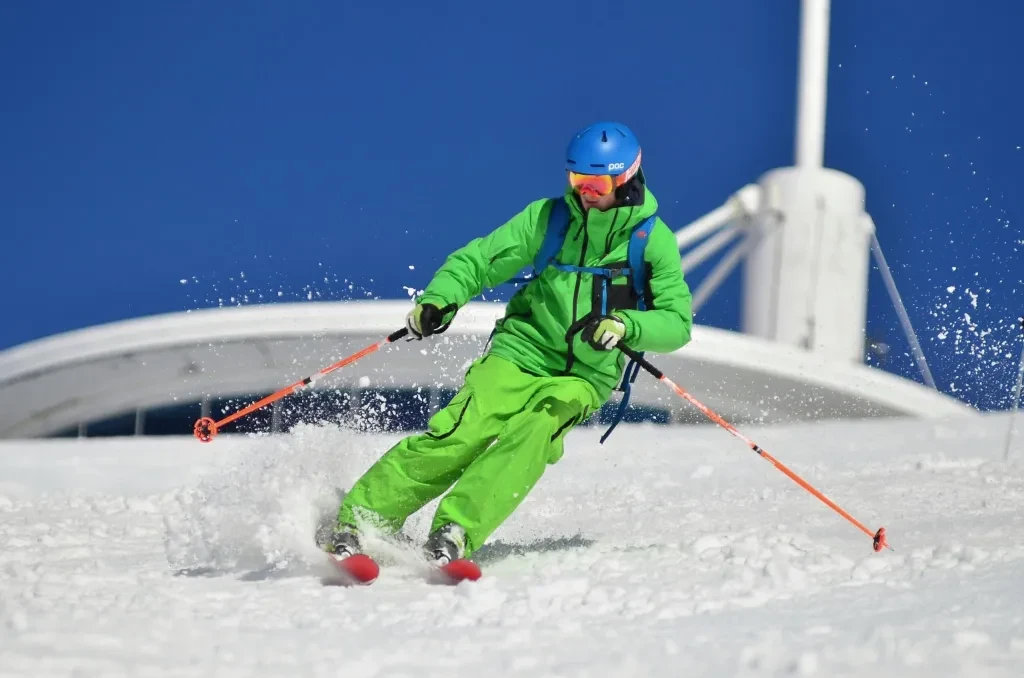
Sleek and Functional Designs for Modern Skiers
The design of ski gear has evolved to meet the needs of modern skiers who demand both functionality and style. Sleek, minimalist designs are now the norm, with an emphasis on clean lines and streamlined silhouettes. This trend is evident in the latest ski jackets and pants, which feature a tailored fit that reduces bulk and enhances mobility.
Functionality is also a key consideration in the design of ski gear. Features such as pit zips, which allow for ventilation, and powder skirts, which prevent snow from entering the jacket, are now standard in high-end ski apparel. Additionally, many ski jackets come with multiple pockets, including dedicated pockets for avalanche beacons and other essential gear, making it easier for skiers to carry everything they need.
Customization Options for a Personalized Experience
Customization is another significant trend in the ski gear industry, allowing skiers to personalize their equipment to suit their preferences and needs. Many brands now offer customizable options for ski boots, allowing skiers to choose the flex, fit, and features that best match their skiing style. For example, the Scarpa Maestrale RS can be customized with different liners and footbeds to achieve the perfect fit.
Similarly, ski manufacturers are offering more options for customizing the graphics and colors of skis, allowing skiers to express their individuality on the slopes. This trend towards personalization extends to ski apparel as well, with brands offering a range of colors and patterns to suit different tastes.
Technological Features Elevating Ski Gear
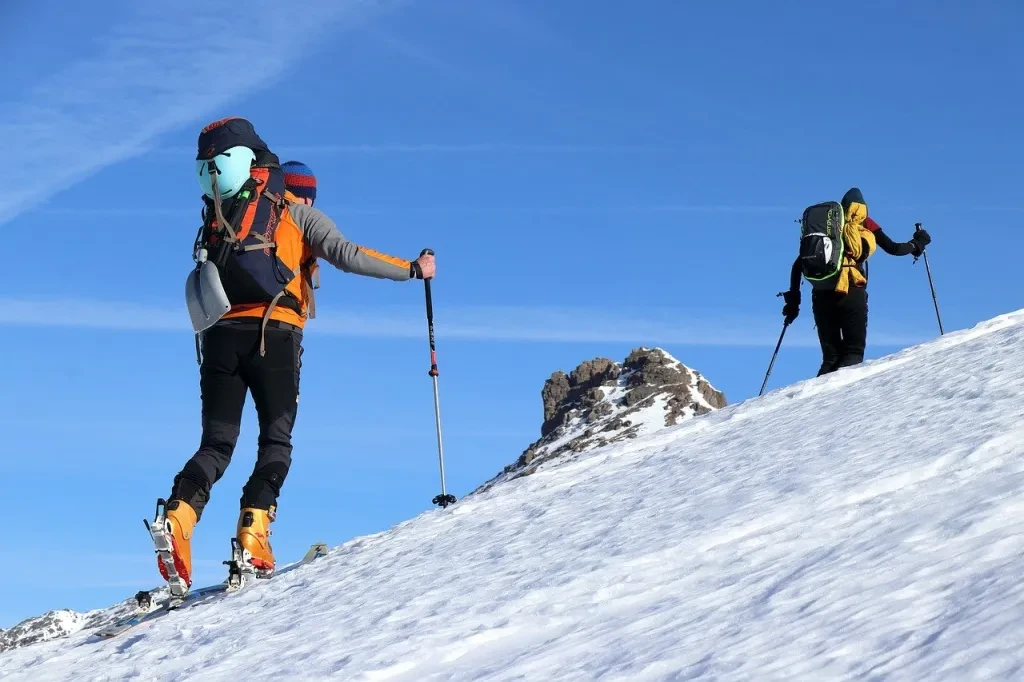
Smart Gear: Integrating Technology for Better Performance
The integration of technology into ski gear is revolutionizing the way skiers experience the slopes. Smart ski gear, such as helmets with built-in communication systems and goggles with heads-up displays, is becoming increasingly popular. These technological advancements enhance safety and convenience, allowing skiers to stay connected and informed while on the mountain.
For instance, smart helmets equipped with Bluetooth technology enable skiers to make phone calls, listen to music, and communicate with other skiers without removing their gloves. Similarly, goggles with heads-up displays provide real-time information on speed, altitude, and weather conditions, helping skiers make informed decisions on the slopes.
Safety Innovations: Protecting Skiers on the Slopes
Safety is a top priority in the design of modern ski gear, with numerous innovations aimed at protecting skiers from injury. One notable advancement is the use of MIPS (Multi-directional Impact Protection System) technology in ski helmets. MIPS technology reduces the rotational forces on the brain during an impact, providing an additional layer of protection against concussions.
Avalanche safety gear has also seen significant improvements, with the development of more reliable and user-friendly avalanche beacons, probes, and airbags. These devices are essential for backcountry skiers, providing critical information and tools for avalanche rescue. According to various sources, taking an avalanche safety course and familiarizing oneself with the use of this equipment is crucial for safe backcountry travel.
Weather Resistance and Seasonality in Ski Gear
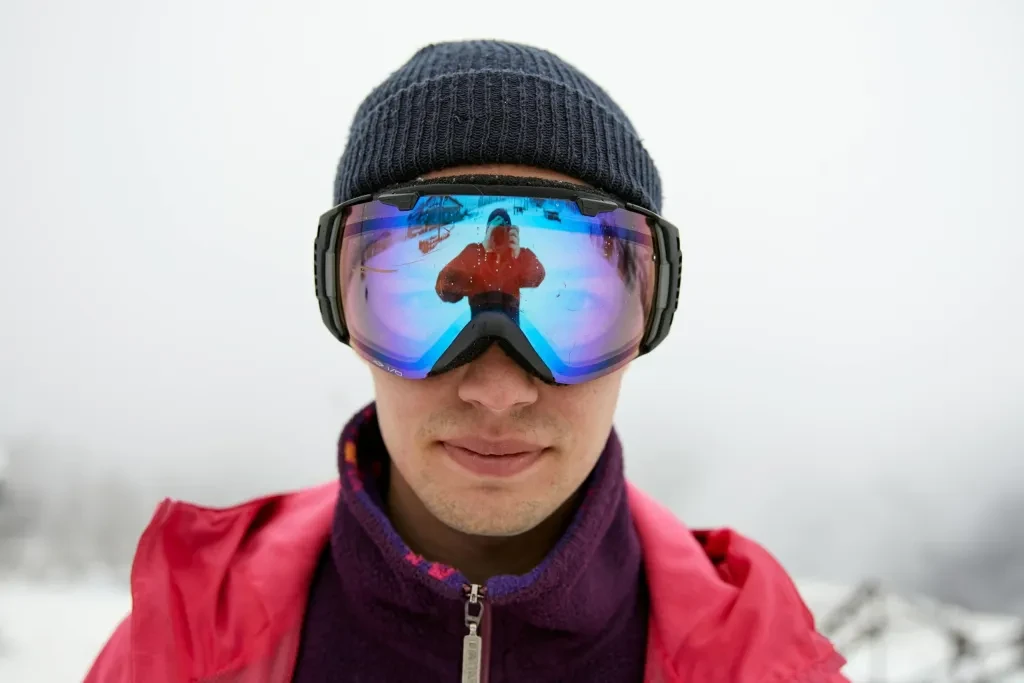
Adapting to Changing Weather Conditions
Ski gear must be able to adapt to changing weather conditions to ensure skiers remain comfortable and protected. Modern ski jackets and pants are designed with versatile features that allow skiers to adjust to different temperatures and weather patterns. For example, jackets with removable liners or zip-off sleeves provide flexibility, allowing skiers to add or remove layers as needed.
Breathable fabrics and ventilation systems, such as pit zips, help regulate body temperature by allowing excess heat and moisture to escape. This is particularly important for skiers who engage in high-intensity activities, as it prevents overheating and keeps the body dry.
Seasonal Trends: What’s Hot This Winter
Each winter season brings new trends in ski gear, with manufacturers introducing innovative designs and features to meet the demands of skiers. This winter, the focus is on sustainability, with many brands incorporating eco-friendly materials and practices into their products. Recycled fabrics, biodegradable insulation, and environmentally friendly manufacturing processes are becoming more common, reflecting a growing awareness of the need to protect the environment.
In terms of style, bold colors and patterns are making a comeback, with skiers opting for eye-catching designs that stand out on the slopes. Additionally, the trend towards lightweight and packable gear continues, with skiers seeking equipment that is easy to carry and store without compromising on performance.
Conclusion
The ski gear industry is constantly evolving, driven by advancements in materials, technology, and design. As skiers demand more from their equipment, manufacturers are rising to the challenge, creating gear that is not only functional and durable but also stylish and customizable. With the integration of smart technology and a focus on safety and sustainability, the future of ski gear looks promising, offering skiers an enhanced and personalized experience on the slopes.
